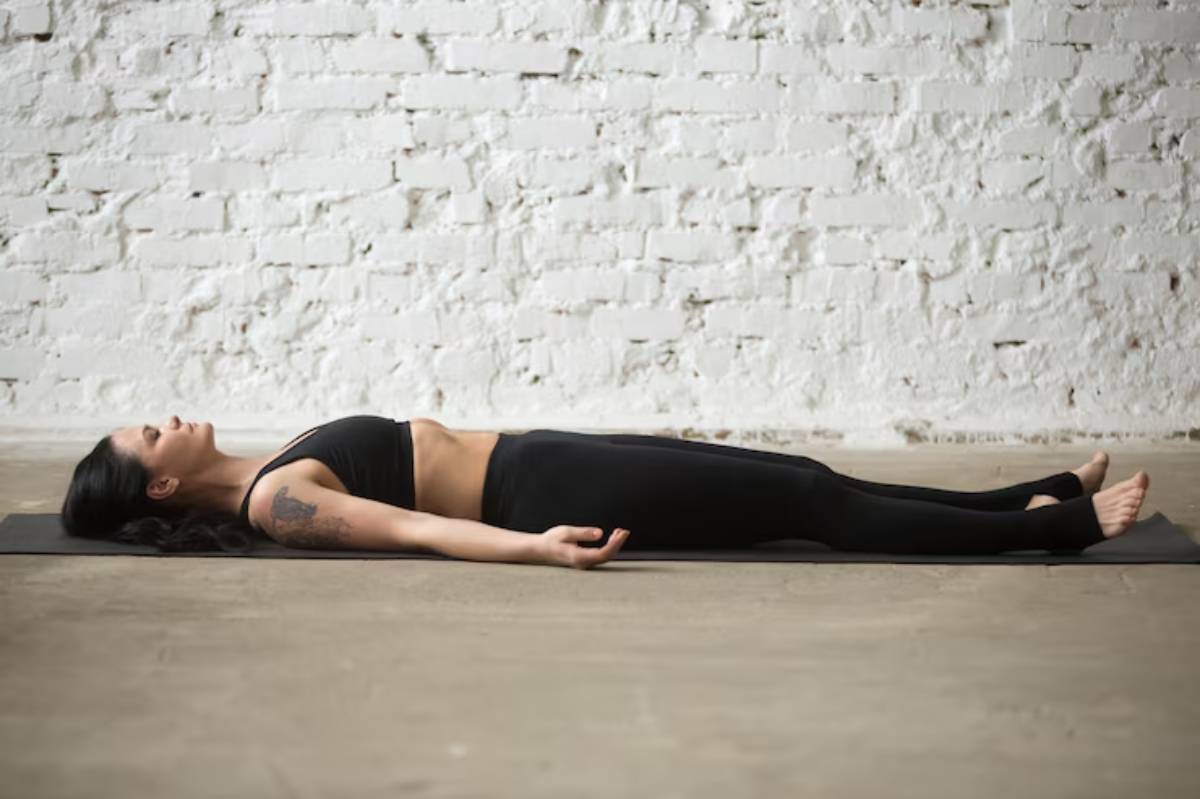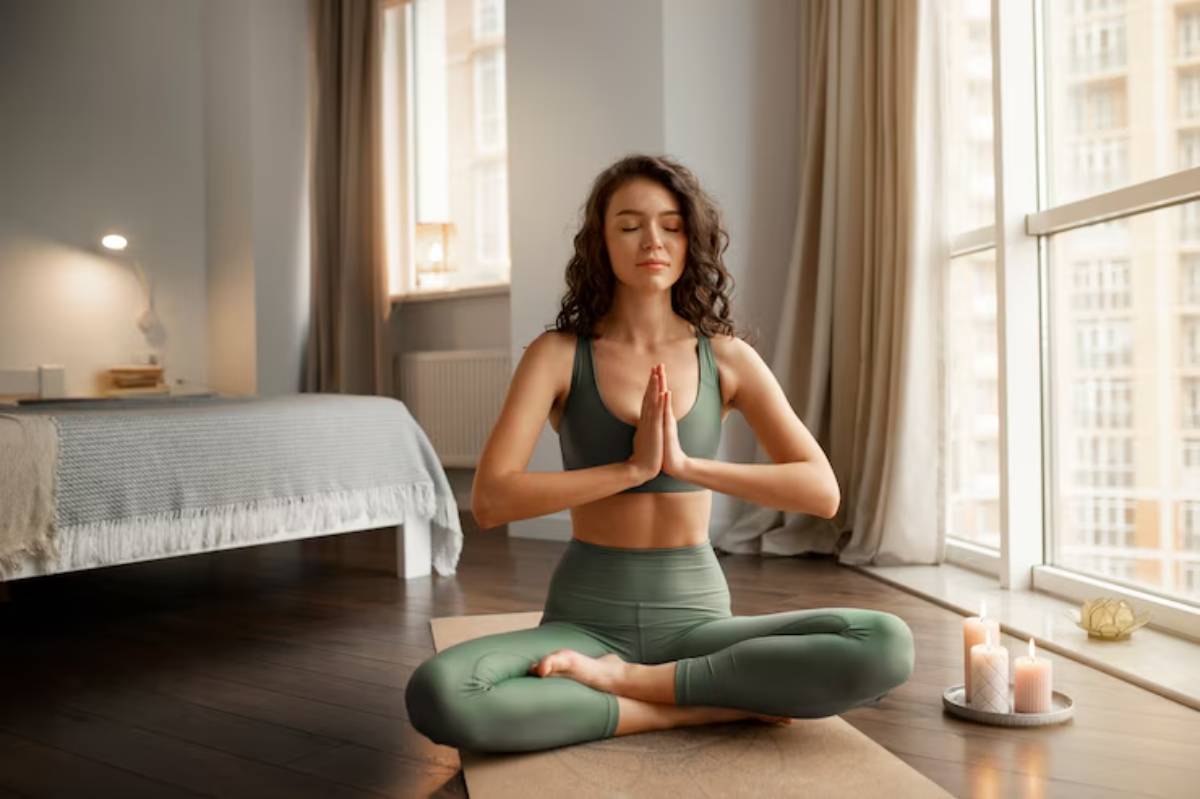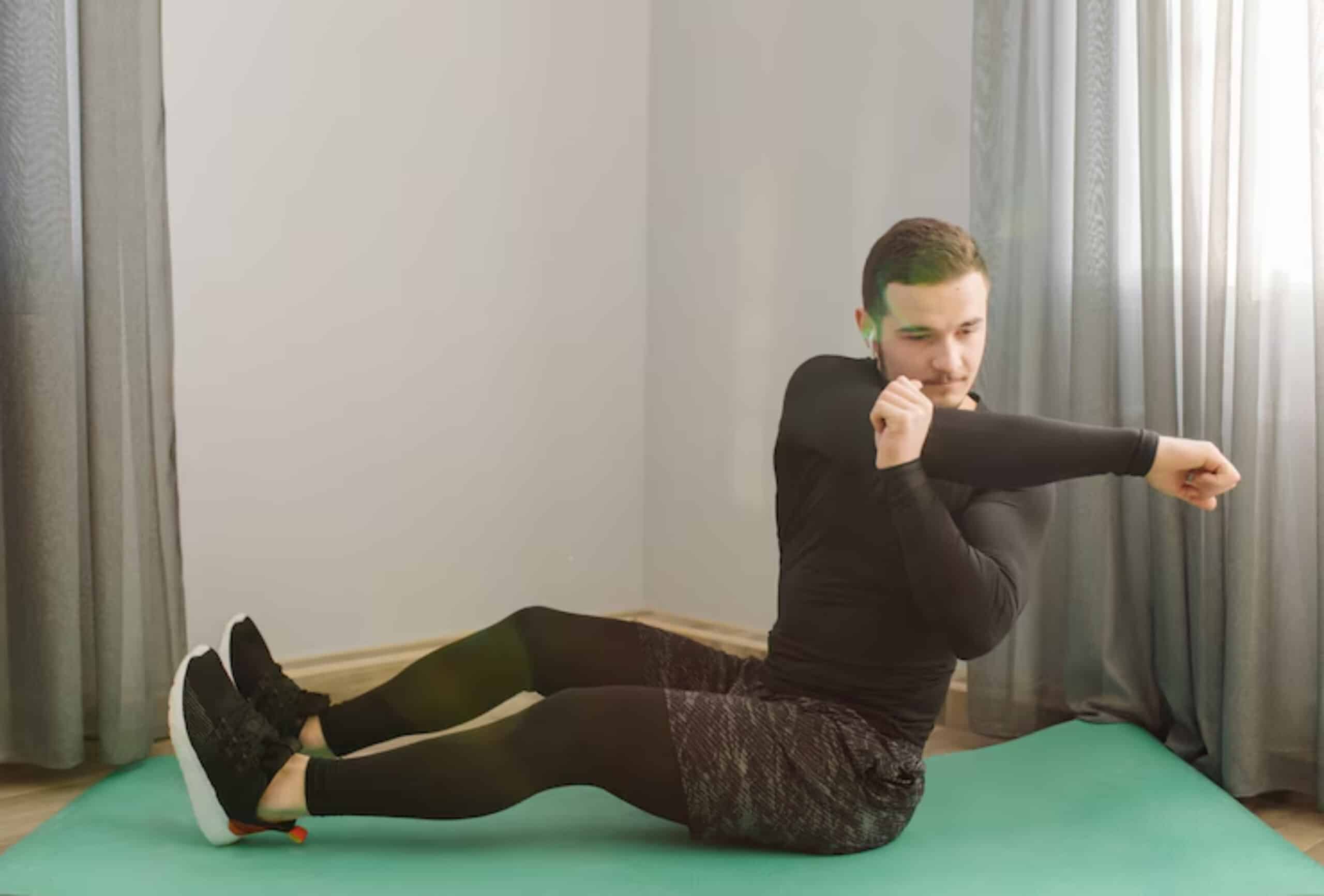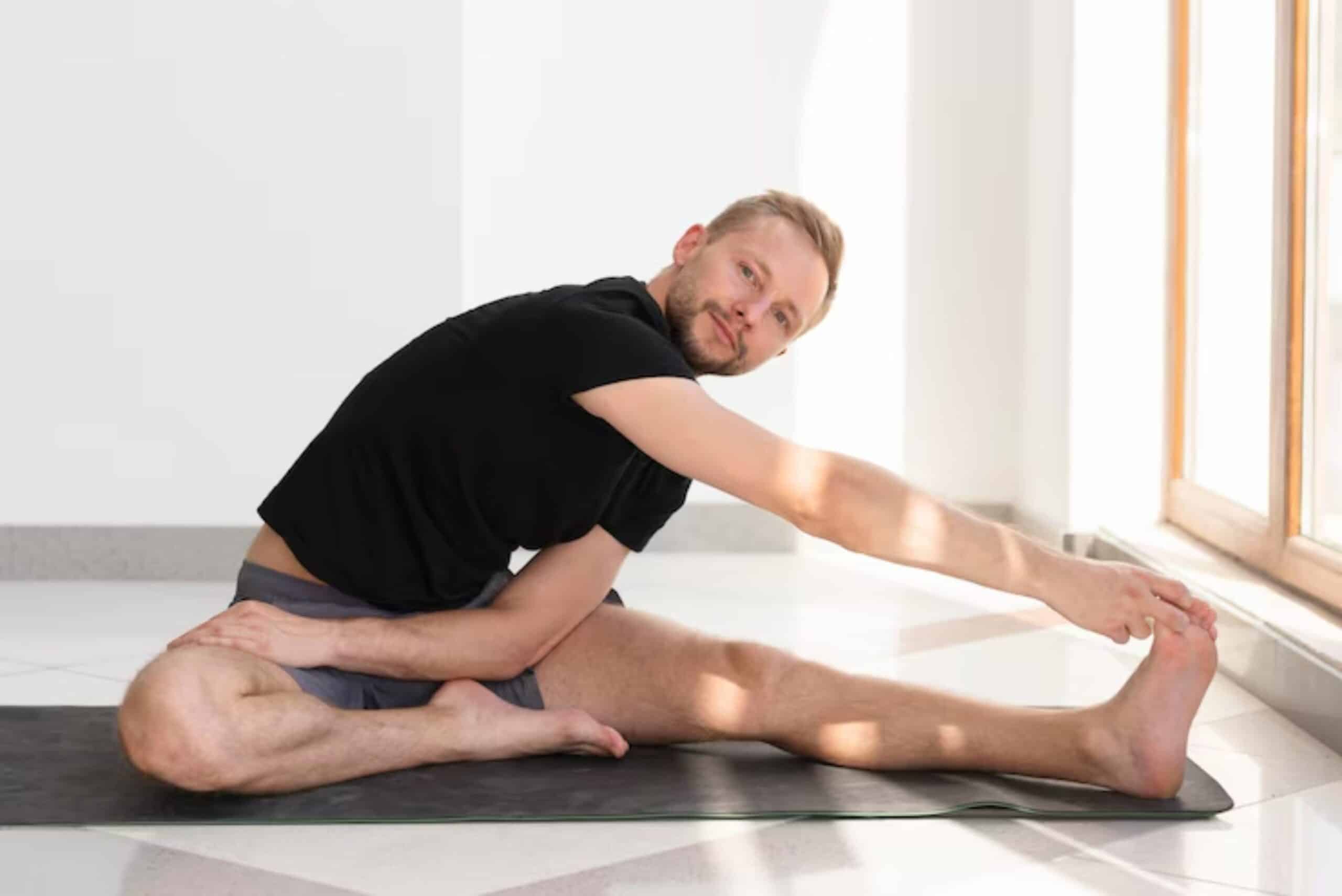
Daily Yoga Sequence to Improve Overall Flexibility
What if you could move through your day with more ease, less stiffness, and greater physical freedom—all by spending just 20 minutes on your mat? Flexibility isn’t just about doing the splits or bending into fancy yoga poses. It’s about feeling good in your body, reducing tightness, and maintaining range of motion as you age.
Whether you’re new to yoga or looking to create a structured daily flow, a daily flexibility yoga routine can do wonders. This guide walks you through a balanced full-body stretch flow that supports joint health, posture, and everyday movement.
With consistent practice, you’ll not only touch your toes (maybe sooner than you think) but also move with more grace, feel more energised, and reduce common aches from desk work or intense workouts.
Let’s dive into a flexible, feel-good routine tailored to help you stretch, move, and thrive.
Why Flexibility Matters in Daily Life
Movement Beyond the Mat
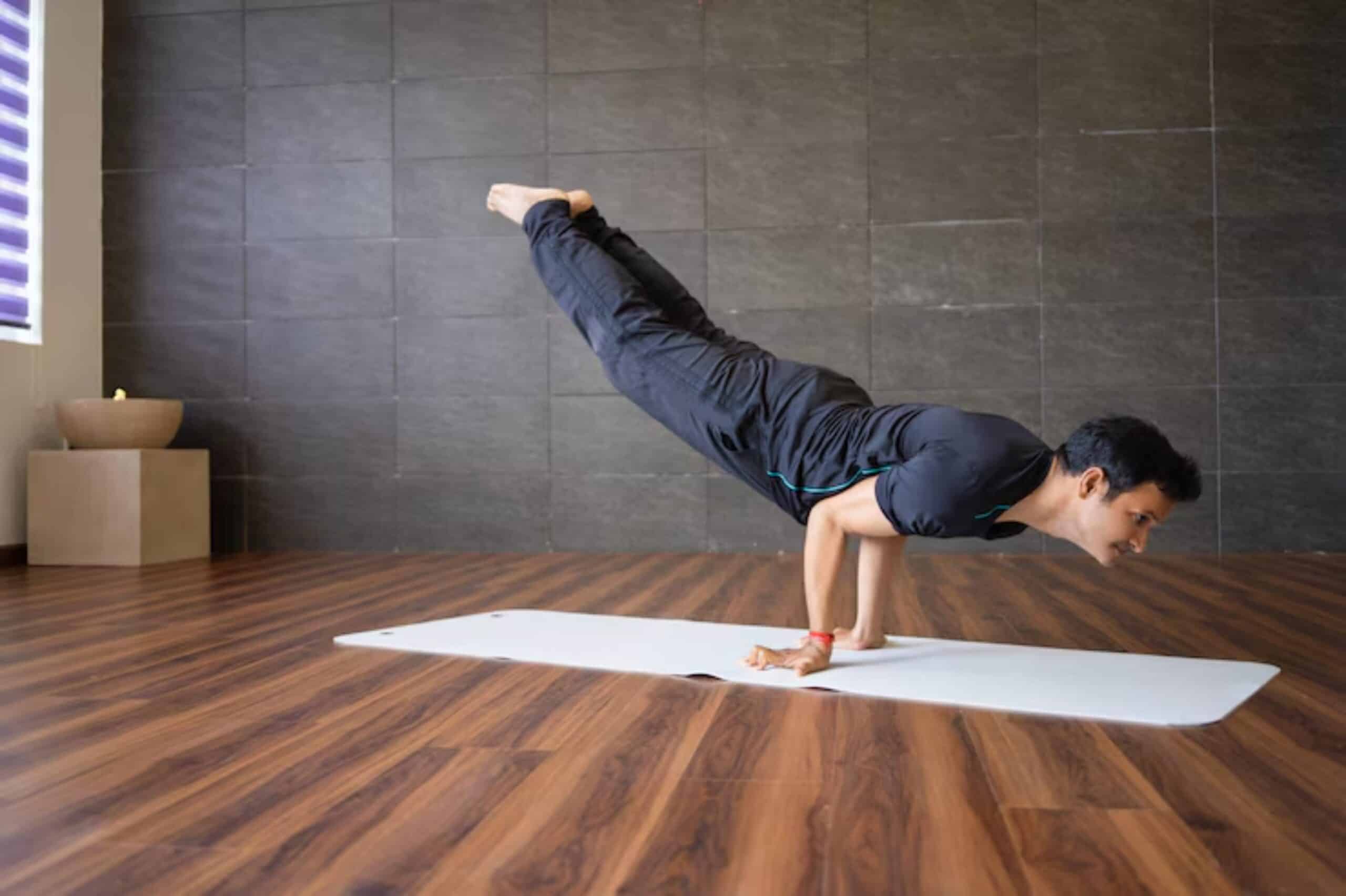
Flexibility isn’t reserved for athletes or yogis. It’s essential for:
- Reaching and bending during everyday tasks
- Reducing injury risk in sports and daily life
- Improving posture and spinal health
- Easing muscle soreness and joint stiffness
When your muscles and joints move freely, your energy flows better, and your entire system feels more balanced.
The Downside of Neglecting Stretching
Tight muscles can lead to:
- Restricted blood flow
- Poor posture and alignment
- Compensatory movement patterns
- Greater strain on joints and tendons
A structured full-body stretch flow can counteract all of that.
What Makes a Good Flexibility Sequence?
An effective daily flexibility yoga routine should:
- Include stretches for major muscle groups (hips, shoulders, spine, hamstrings)
- Blend static and dynamic movements
- Follow the body’s natural flow from head to toe
- Be adaptable to different levels of experience
- Integrate breathwork for relaxation and mindfulness
Consistency trumps intensity. A little daily stretch goes much further than occasional deep sessions.
Daily Full-Body Stretch Flow (20–30 Minutes)
This sequence is beginner-friendly yet effective for more advanced yogis. Feel free to adjust durations and use props.
Warm-Up (5 Minutes)
1. Cat-Cow (Marjaryasana-Bitilasana)
Why: Mobilises the spine and preps your body for deeper stretches
How: Flow between arching and rounding your back in sync with your breath
2. Downward-Facing Dog (Adho Mukha Svanasana)
Why: Stretches hamstrings, calves, and shoulders
How: Pedal out feet gently and push hips up and back
3. Standing Forward Fold (Uttanasana)
Why: Loosens hamstrings and relieves spinal compression
How: Let the head hang; keep a slight bend in the knees
Main Sequence (15–20 Minutes)
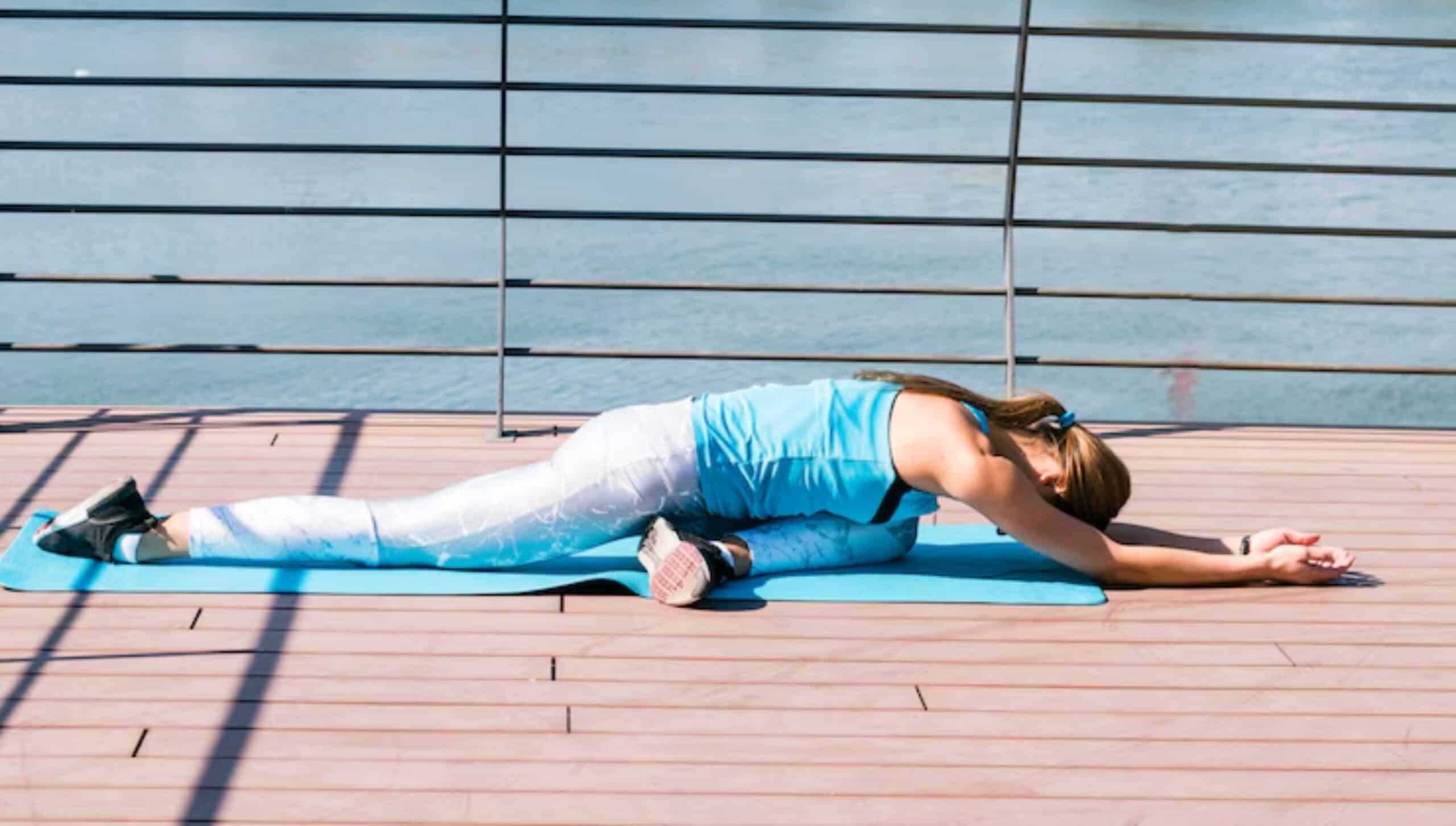
4. Low Lunge (Anjaneyasana)
Why: Opens hip flexors and strengthens glutes
How: Stack front knee over ankle, lift arms up
5. Half Split (Ardha Hanumanasana)
Why: Targets hamstrings and calves
How: Flex front foot; keep spine long
6. Lizard Pose (Utthan Pristhasana)
Why: Deep hip and groin opener
How: Bring both hands inside the front foot, drop the back knee if needed
7. Wide-Legged Forward Fold (Prasarita Padottanasana)
Why: Stretches hamstrings, calves, spine, and inner thighs
How: Keep feet grounded and spine long as you fold
8. Seated Forward Fold (Paschimottanasana)
Why: Lengthens the entire posterior chain
How: Lead with the heart, not the head
9. Butterfly Pose (Baddha Konasana)
Why: Opens the hips and groin
How: Sit tall, gently press knees towards the floor
10. Thread the Needle (Reclining Pigeon / Supta Figure Four)
Why: Releases tension in the glutes and outer hips
How: Gently pull the leg in while keeping the head and shoulders relaxed
11. Supine Twist (Supta Matsyendrasana)
Why: Mobilises the spine and massages the organs
How: Let both shoulders stay grounded as you twist
Cool Down & Breathwork (5 Minutes)
12. Happy Baby Pose (Ananda Balasana)
Why: Releases the hips and lower back
How: Gently rock side to side
13. Savasana With Breath Awareness
Why: Integrates the work and calms the nervous system
How: Focus on deep, even breaths; let the body fully relax
Want more ideas on flexibility training? Explore our How to Progress Safely in Hamstring Flexibility for focused leg work.
Tips to Enhance Flexibility Results
- Practice daily, even if only for 10 minutes
- Breathe through discomfort, not pain
- Use props (blocks, straps, bolsters) to support your journey
- Hydrate well and eat anti-inflammatory foods
- Track your progress with photos or journal notes
- Stay mindful — flexibility is as much mental as it is physical
Real-Life Results From Daily Stretching
Elena, 26, Graphic Designer. “I sit for 8+ hours a day. Doing this stretch flow every morning not only opened up my body, but it also lifted my mood.”
Gavin, 42, Marathon Runner “Incorporating this routine into my rest days improved my stride and reduced post-run tightness.”
Priya, 35, a Yoga Newcomer, says, “I was intimidated at first, but now I look forward to it. The daily flexibility yoga flow has eased my chronic hip stiffness.”
Common Mistakes to Avoid
- Forcing deep stretches too soon
- Holding the breath in challenging poses
- Skipping warm-up or cool-down
- Comparing yourself to others instead of focusing on personal progress
- Ignoring alignment cues, leading to ineffective stretching or injury
How to Track Your Flexibility Journey
Flexibility is subtle and takes time. Use these methods to track your progress:
- Photos: Take before-and-after shots monthly
- Feelings journal: Record where you’re tight, where you’re gaining space
- Check-ins: How far do your hands reach in forward folds?
- Mobility markers: Can you sit cross-legged longer, squat deeper, or walk easier?
Small gains, done consistently, add up to huge long-term change.
Bonus: How to Make This Routine Stick
- Stack it with habits: Do it after brushing your teeth or before bed
- Keep your mat visible: Out of sight = out of mind
- Create a ritual: Light a candle, play calming music
- Celebrate wins: Touching your toes? That’s a milestone!
Consistency comes from making it easy and enjoyable.
Conclusion: Flexibility for Life
Flexibility isn’t a final destination. It’s an ongoing relationship with your body. With a structured, mindful daily flexibility yoga practice, you can reduce tension, improve posture, and enjoy greater ease in all your movements.
This full-body stretch flow doesn’t just help you move better—it helps you live better. The more you connect with your breath, show up consistently, and treat your body with kindness, the more rewards you’ll notice.
Ready to begin? Roll out your mat, take a breath, and stretch your way to a healthier you. Share your experience with us, tag your journey online, or leave a comment below!
